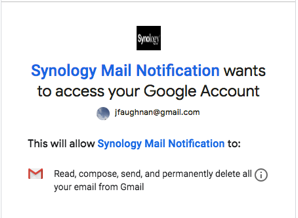When I moved to Mojave I had to give up on my ancient FileMaker Pro database. The modern versions of FileMaker are far too expensive; consumer databases have passed into history.
For lack of a better alternative I moved over to 1Password. I liked them when they worked with a local password store, I’m not keen on their current cloud solution. I just don’t trust their tech.
I exported as CSV as I’d done many times before. This time, though, I ran into a problem that was probably always there. The first time I went to look up my ‘secret question answers’ they were nowhere to be seen. The Login Notes field where I’d imported them was empty on both iOS and mac OS.
Later I realized the data was there — but only in edit mode. If the default read-only view the notes field showed as empty.
It took a bit of playing around to realize what’s wrong.
Text fields in my version of FileMaker, probably from 2014 or earlier, uses the old classic Mac OS line separator - the single “CR” code. It doesn’t use the OS X/macOS/Unix standard LF or the old DOS CR/LF.
When I exported as CSV the output used CR as a separator. When the CSV was imported into 1Password the CR separators went along. They work fine in edit mode but not in view mode.
The proof of the problem was to edit in 1Password, deleting the line feeds and adding new ones. After saving the note displayed correctly.
Update: Per 1Password tech support — turning off markdown formatting causes the notes to appear!
